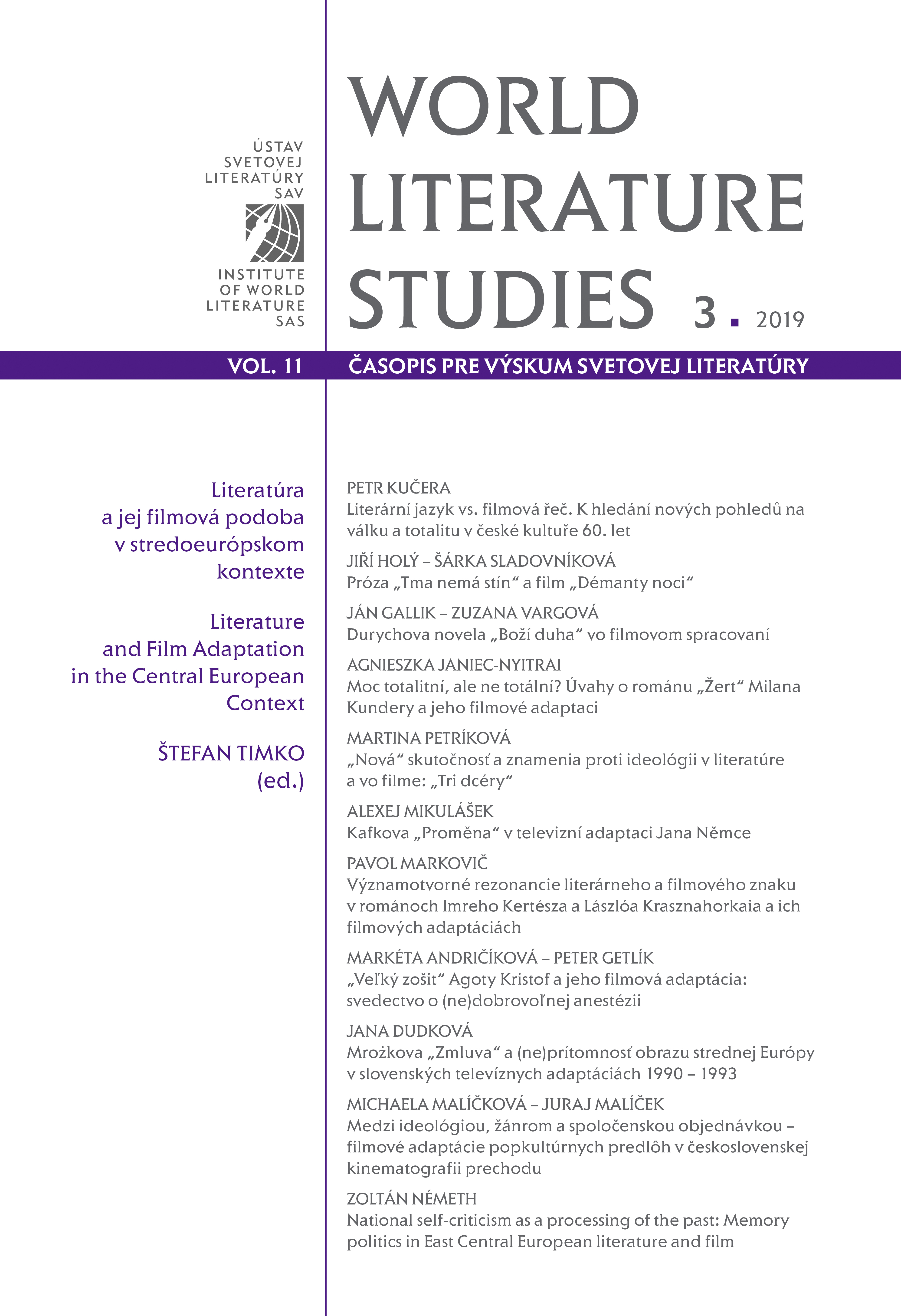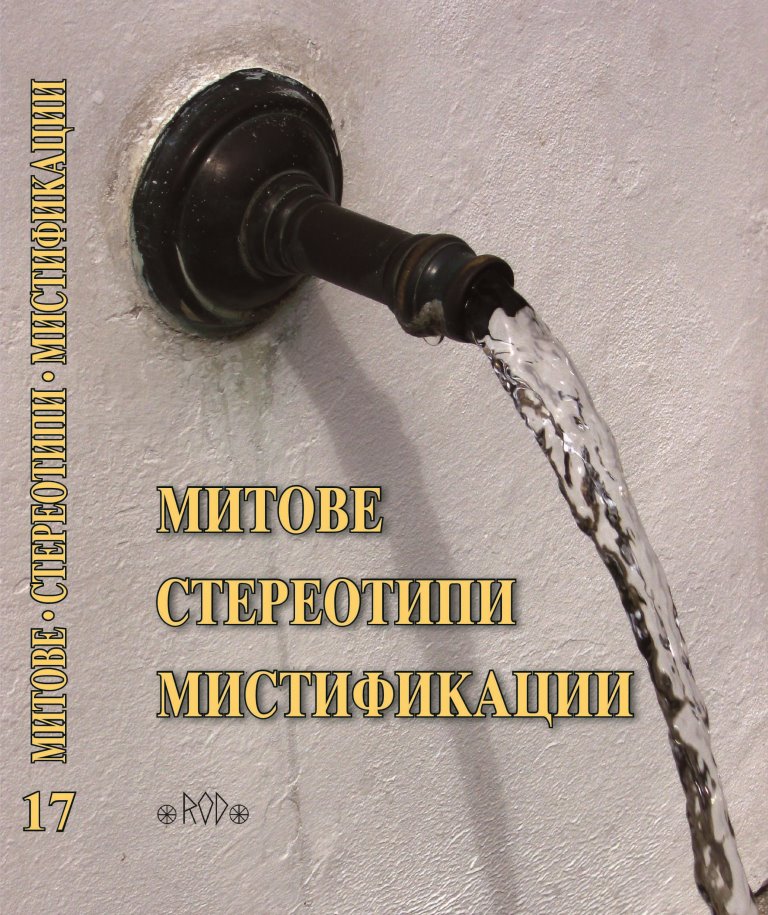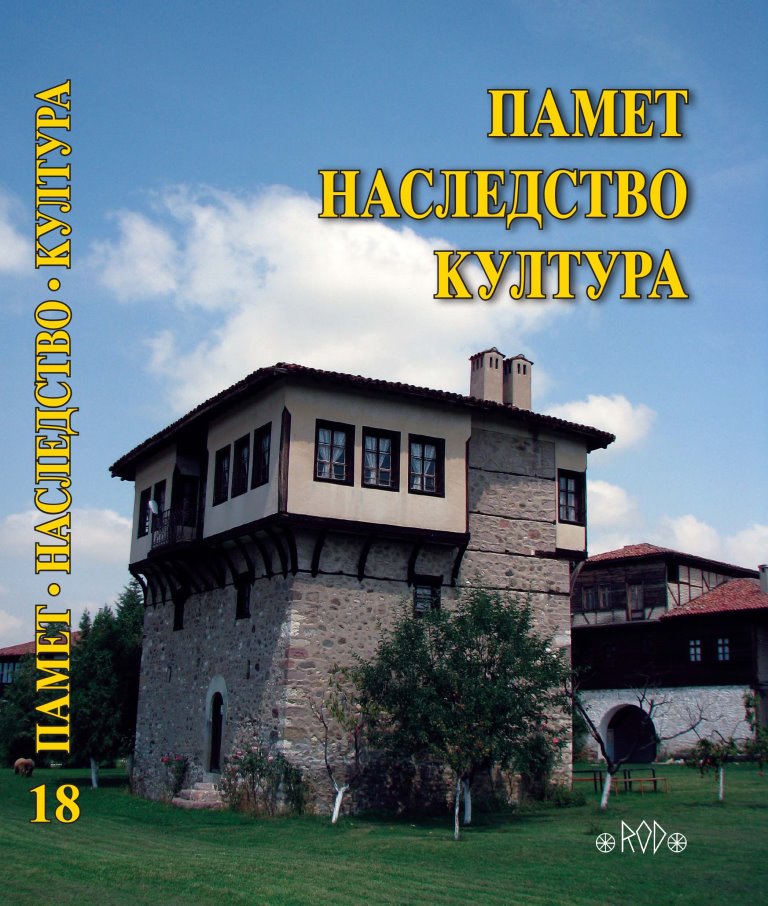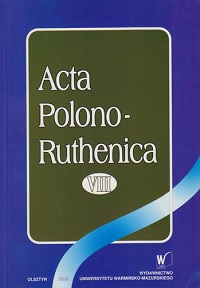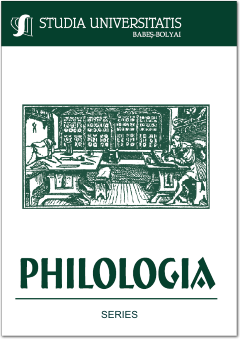
LE SYSTEME VERBO-TEMPOREL FRANÇAIS EN PSYCHOMECANIQUE DU LANGAGE
The French Verb Tense System in the Psychomechanics of Language. This article presents Gustave Guillaume's theory of tense, mode and aspect, applied to the French verb tense system.
More...
